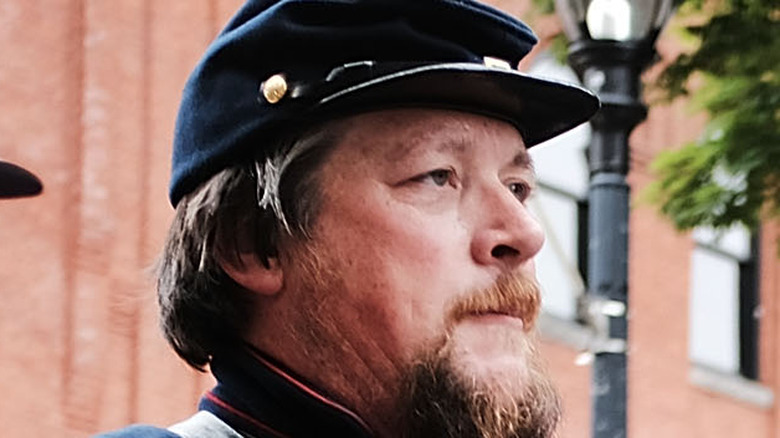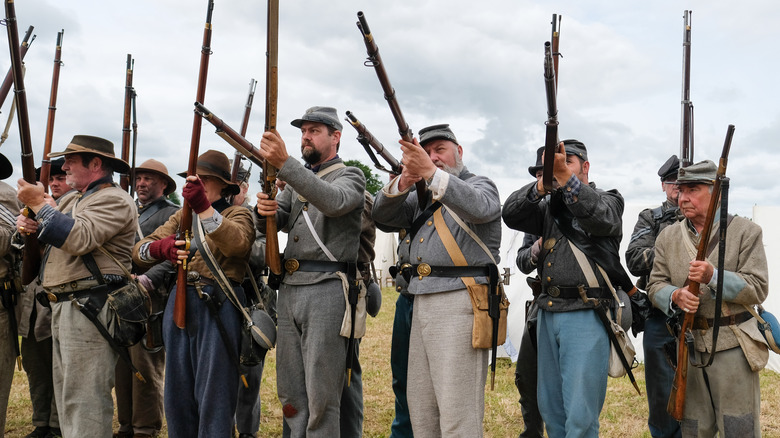How Do Historical Reenactors Get Their Uniforms?
Between Renaissance fairs, live-action roleplay and conventions, there are plenty of opportunities for people to dress up and pretend to be part of a story. But for those who want the authenticity of historical battles and wars, there's another option. Historical reenactment groups around the world allow anyone to dress up and take part in the greatest battles of the world. If you're looking to take part, though, there's something you have to do first: Find a uniform.
There are about 50,000 reenactment actors in the U.S. alone, according to Mental Floss. Most of them take part in reenactments of Civil War battles, while World War II reigns supreme in most of Europe. Different groups might have different levels of authenticity required, according to Mental Floss, but most want the whole affair to look real, at least from a distance. That means hiding your phone and modern water bottle, and, most importantly, wearing something at least somewhat historically accurate.
Where do the costumes come from?
For a historical reenactment from the last few centuries, you'll need a few things. The basic costume often includes some kind of headgear, a military uniform, canteen, boots, and a weapon with blank ammunition (via Beyond Geek). Reenactment participants can get their costumes from a few places. If you're just starting out, Beyond Geek recommends asking people in a group if you can borrow pieces before you commit to spending money.
But for committed reenactors, there are a few different places to look. Some retailers, called sutlers, sell specialized gear online specifically for reenactments (per Mental Floss). Real vintage uniforms and pieces can sometimes be found on eBay or at army surplus stores (depending on which era you're trying to represent), according to Beyond Geek. If the real deal is too expensive, Beyond Geek says there are often recreations of the rarer pieces that can be bought for cheaper. The most expensive pieces will likely be the uniform itself and the firearm, which is usually a real gun using blank rounds.

